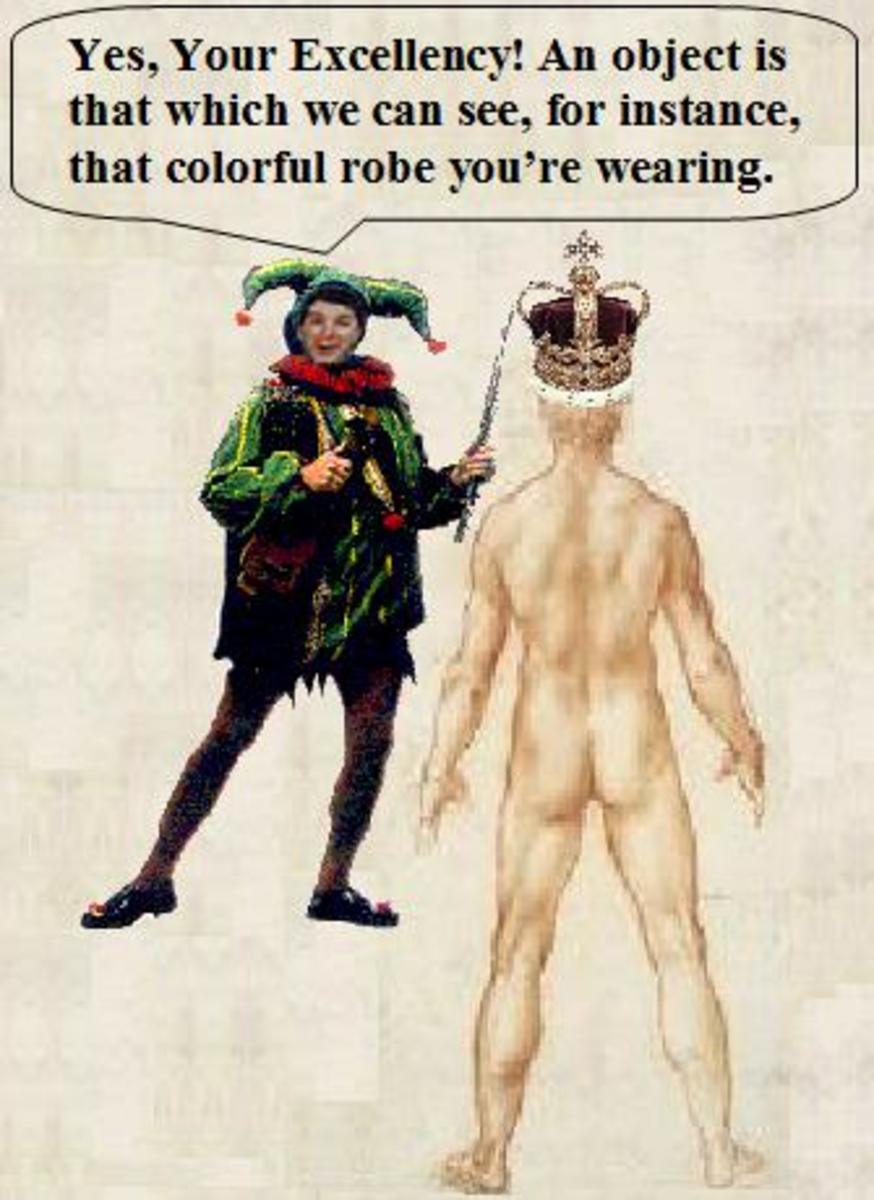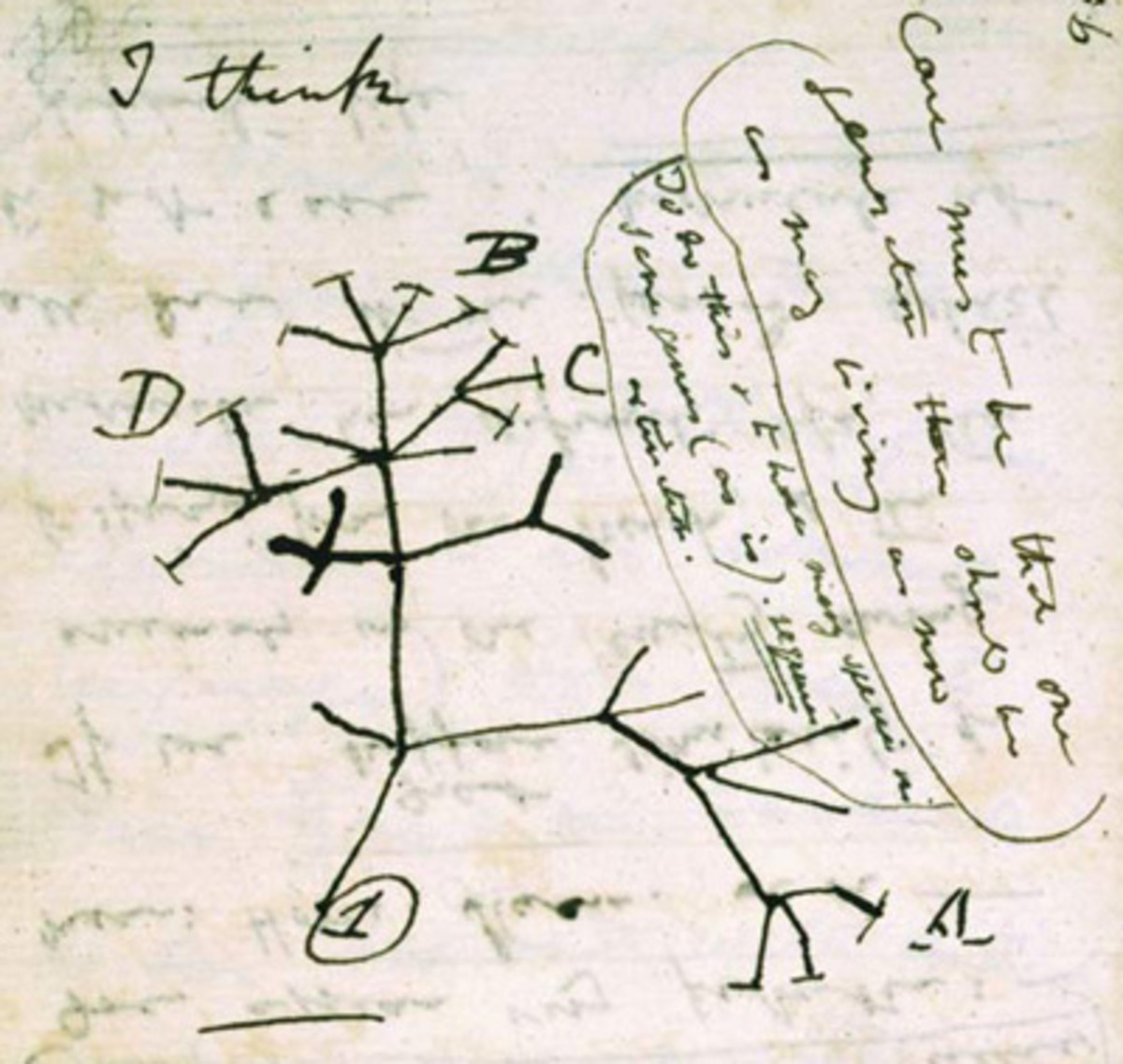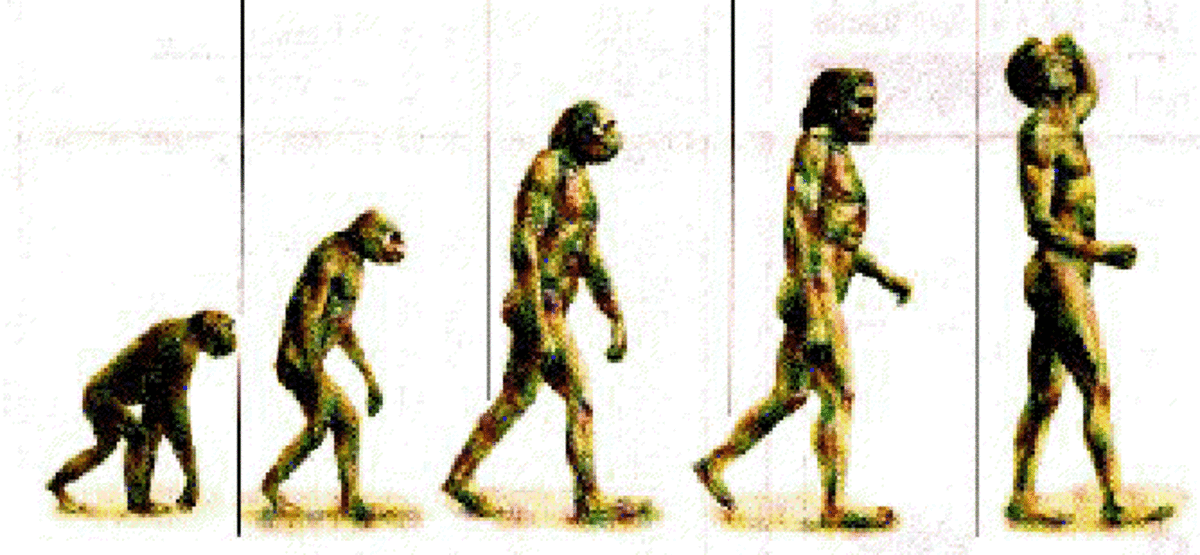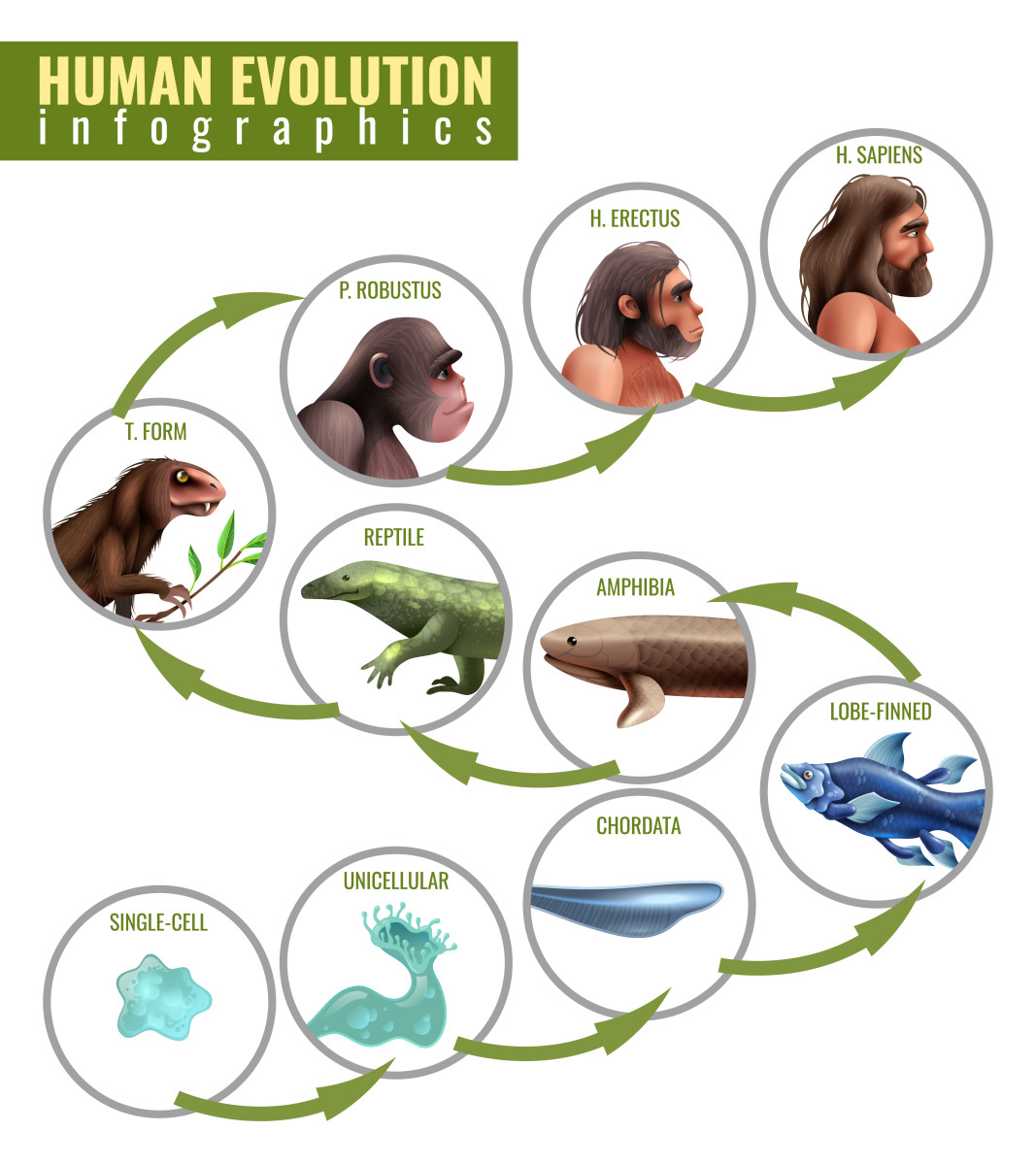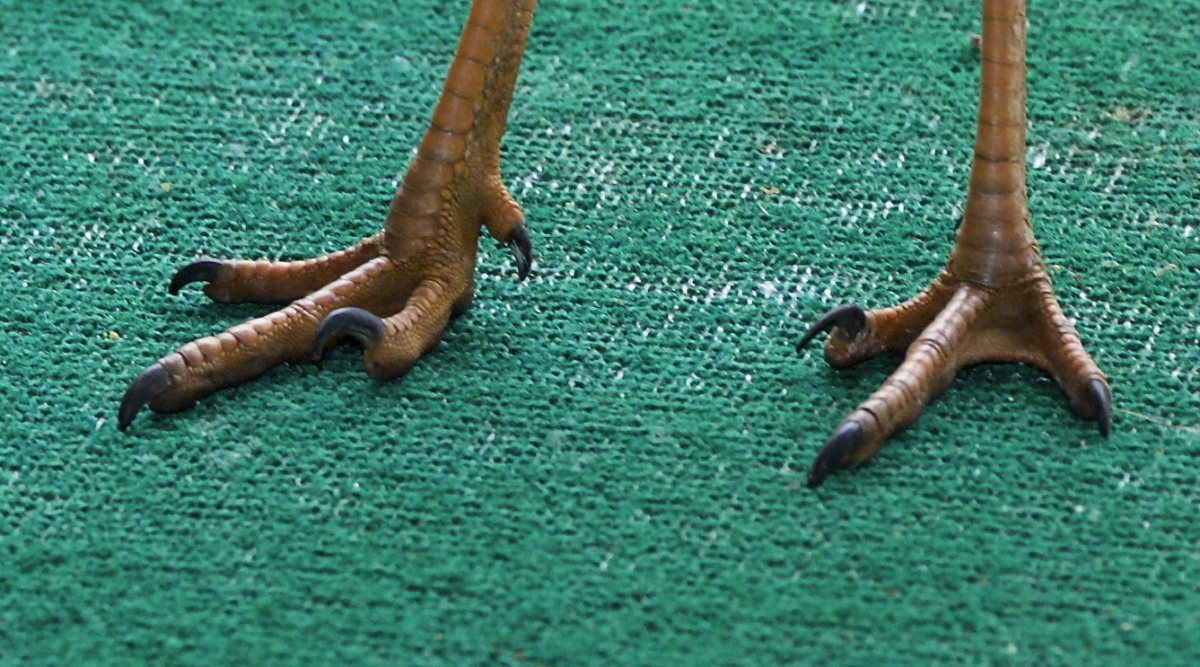Evolutionists: Why Can't a Shark Breed With an Eagle?
Down the rabbit hole...
So, we observe a culture of HubPages denizens adhering to particles-to-people evolution. These folks fervently and feverishly assert direct links from single-celled prokaryotic cells to LeBron James and Hillary Clinton. There's no convincing them otherwise.
Micro v Macro
One polarizing proposal postulated by professional scientists involves how we organize stuff. As a human race, we realized pretty early on that we can't call a tomato a suspension bridge. Believe it or not, everything has to have a name and be classified relative to similar stuff. Ontologies are studied, argued, composed, published, applied, and bickered over.
Speaking of evolution, two different kinds are extant: micro-evolution and macro-evolution. They really are different. One reason they really are different is because we say so. Another reason they are really different is because we can logically explain why they are.
Indeed, macro-evolution apologists often dispute this gradation.
(Quick sidebar: the term "apologist" is not derogatory. It simply means that you support someone or something and you can explain why.)
Often macro-evolution adherents assert that micro changes simply add up to macro changes. In their next breath they blithely dismiss that micro-evolution exists at all. An ant colony is composed of ants. A nail is driven into a 2X4 by a series of hammer strikes. Everything is comprised of other things and all the things need names.
Where's The Rub?
Massive disagreement, often in a disagreeable manner, arises over the definition of micro-evolution. The Macro folks believe that over time information accumulates: a sufficient number of tiny changes/mutations will generate instructions for a useful new body plan or organ or functionality. Some reputable scientists will tell you that the instructions to build a human eye started as instructions to build a single light-sensitive cell a very long time ago.
This is the schism.
To support macro-evolution you must agree that information accumulated over time. You must ignore the world around you as it decays and erodes. Your worldview must accept that somehow in the deep past information flowed in the opposite direction, resulting in a single-celled organism eventually mutating into a member of the US Congress.
Upon What Can We Agree?
Yes, a schism exists between those who assert particles-to-people evolution and those who just can't see it.
We can agree on some stuff. Pretty much all sentient humans who can operate Google.com agree that a change in climate or geography or cell phone coverage puts 'pressure' on some species. A species that can't regulate body temperature suffers mightily when its' climatic neighborhood warms up or cools down. A species snacking solely on on grass gets fatally hungry when the lawns wither. We all concur.
No one is arguing that species find themselves extinct. No one debates the rise of ladybug civilizations in the attic. No one quibbles over survival advantages and disadvantages conferred by nature. This kind of stuff we can observe.
We also agree that little steps have taken place. Where we differ is the effect of those little steps. Macro-evolutionists must agree that oodles of little steps each lined up in a positive direction, creating instructions for wings or lungs or a brain that can convince other brains to purchase $800 shoes.
Whither micro-evolution?
What we see, however, in real time are small steps that do not add information.
One uber-popular example of evolution put forward by the particles-to-people crowd is penicillin-resistant bacteria. This has become a rallying point for "beneficial mutation" folks. The basic premise asserts that excessive use of penicillin to treat infections in humans and animals has caused a new strain of bacteria to arise. Unfortunately for them (and for the mutated organisms) it has been demonstrated that this mutation(s) reduce(s) growth rate and overall fitness for survival (http://www.genetics.org/content/154/3/985.full).
This hardly qualifies as a beneficial mutation, as both sides can now agree.
Darwin Was a Cool Dude
Charles Darwin sailed aboard The HMS Beagle and looked at some finches. He observed that finch beaks changed in succeeding finch populations when food sources changed. He published his findings. Since then, many sentient humans have concluded he was watching 'evolution' in action. What he actually witnessed was beaky traits coming and going across generations. Useful beaks were inherited from parents: those offspring survived to produce more offspring. A baby finch sufficiently unlucky to inherit the wrong beak plan lost the genetic lottery. Throughout the generations, no new information was created. Call that evolution if you wanna.
Think about it this way: two shiny happy people get married and have a child. The kid is tall, his parents are not. No one looks at the family and says "wow, evolution." We look at the family and observe "someone in your lineage was tall." We don't assume a new species or body plan has appeared.
Additional Fascinating Reading, I think.
- 6 Common Misconceptions about Evolution
Here are 6 commom misconceptions about evolution

